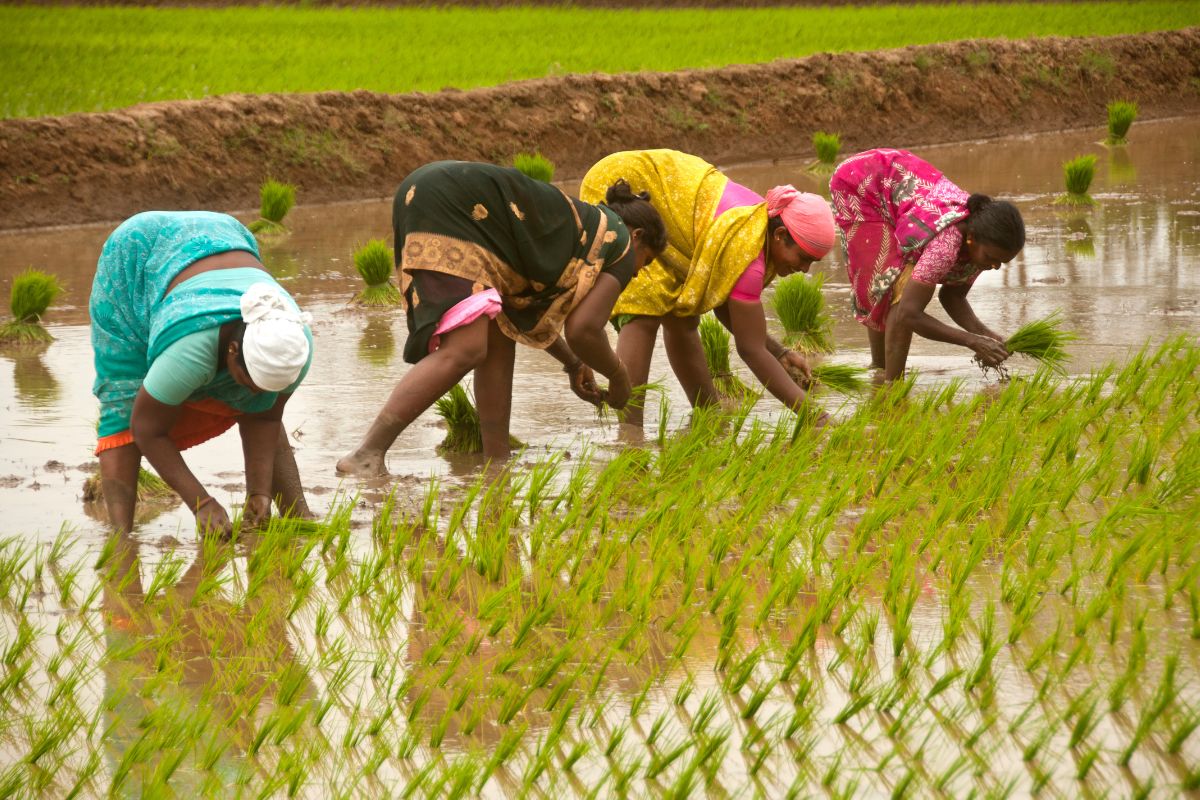PM Modi to release 19th instalment of PM-KISAN scheme at Bhagalpur, Bihar on Feb 24
Prime Minister Narendra Modi will release the 19th instalment of the PM-KISAN scheme at Bhagalpur, Bihar on Monday.
As the crops fail more often, the men take contracts for migrant work, handing over papers and passports to recruiters who organise travel to nearby cities or faraway countries.

Representational image
In April, May and June, extreme heat makes it harder to work, crops wilt and sometimes die, and livestock get sick. All of the young farmers in this schoolyard are women, most in red saris. The few men present are elderly. Young men don’t live here anymore. As the crops fail more often, the men take contracts for migrant work, handing over papers and passports to recruiters who organise travel to nearby cities or faraway countries. As climate change, and particularly heat waves, worsen for South Asia’s farmers, women are increasingly left to try to make crops grow in the oppressive heat.
We are sociologists who study how climate change influences health and well-being, with a particular focus on women and children, including communities like this one in South Asia. We are also interested in how interventions by governments and aid groups can alleviate these negative impacts. According to the Indian Meteorological Department, 2021 was the fifth-warmest year in India since 1901, and it capped the hottest 10-year span on record in the country. In 2022, the region has seen record-breaking and unrelenting heat from March through June, with temperatures reaching 47 degrees Celsius (116 F) in India and 51 degrees Celsius (124 F) in Pakistan.
Advertisement
Researchers predict that even under an optimistic scenario in which the world takes bold enough steps to keep global warming to 1.5 degrees Celsius (2.7 F) compared with preindustrial times, South Asia will experience more frequent bouts of deadly heat. Some areas in the region have already experienced temperatures outside of the range for human productivity and into dangerous territory for human survival. These thresholds occur at wetbulb temperatures of around 32 degrees Celsius (89.6 F) and 35 degrees Celsius (95 F), respectively, and can be lower. Wet-bulb temperatures take into account both the air temperature and relative humidity.
Advertisement
Hot and humid conditions lead to a greater risk of heat stress, as humans are less able to cool their bodies through sweating. Some of the hardest-hit areas have been agricultural regions such as the Indian states of Punjab, Uttar Pradesh and Madhya Pradesh. There, crop losses affect household food supplies as well as income. The crop damage is especially troubling as these are wheat-producing regions that are seeing yields drop by 50 percent at the same time that the conflict in Ukraine raises concerns over wheat shortages for 2022.
India banned wheat exports in May 2022 in an effort to control domestic prices. All these trends are particularly concerning from a gender perspective, as our research in India, Nepal and Bangladesh shows. As heat rises, women are more likely to work in agriculture. We find that this is particularly true for women with little education, and previous research suggests impoverished women are most likely to take agricultural work, because of a lack of other opportunities. While men can migrate for work, norms about women’s responsibilities to stay at home and care for children and the elderly leave them with few other opportunities to make a living.
Advertisement